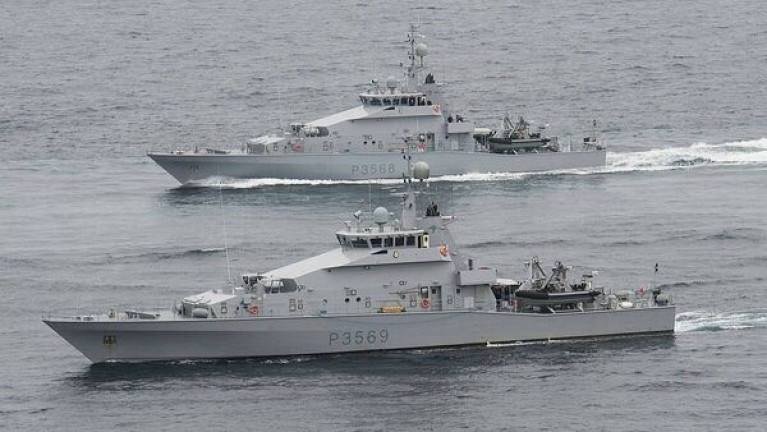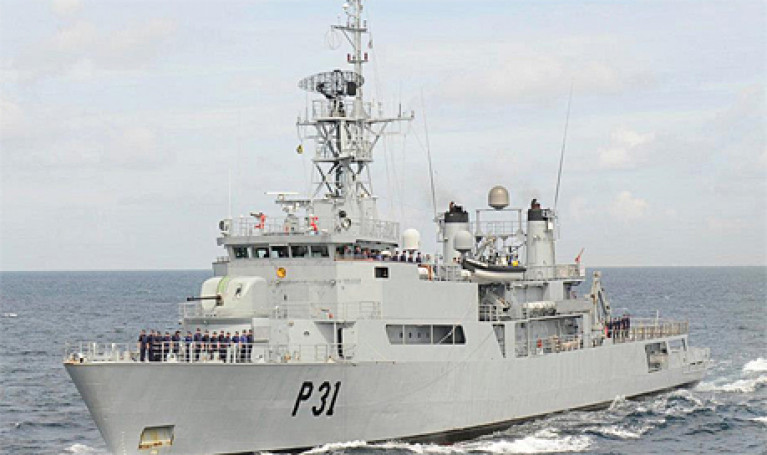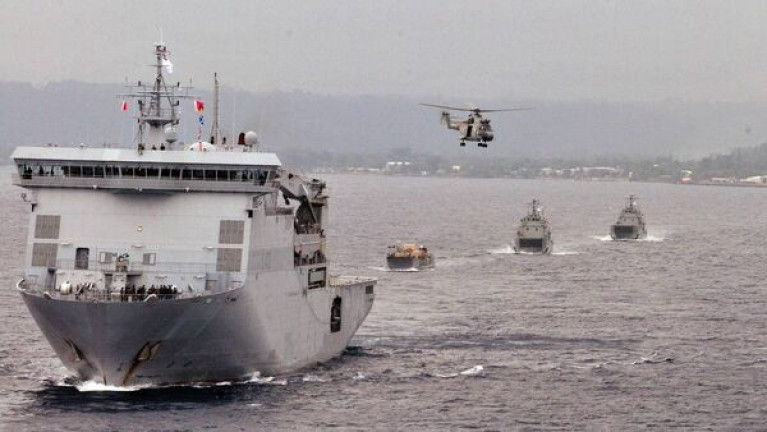Displaying items by tag: Dept of Defence
Possibility that Department of Defence Is to Purchase New Zealand Inshore Patrol Vessels
It has been confirmed by the Department of Defence that it is currently exploring the possibility of purchasing two New Zealand navy ships to be used for fisheries protection duties in the Irish Sea.
The Irish Examiner understands that the ships are 'Lake Class' 55 m (180ft) inshore patrol vessels.
The Royal New Zealand Navy was supplied with four of them by British shipbuilders Brooke Marine. Two have since been decommissioned.
In a statement, the Department of Defence said: "A potential acquisition by Ireland of two Royal New Zealand Navy Inshore Patrol Vessels is currently being explored. No contractual agreement has been signed (as of yet), and in accordance with normal practice the Department does not comment on commercial discussions."
The ships being looked at are much smaller than the more modern vessels used by the Irish Naval Service.
The navy needs larger vessels to patrol the Atlantic, particularly due to the rough weather that can be experienced there.
However, the weather is not as bad in the Irish Sea and, therefore, smaller vessels like the 'Lake Class' inshore patrol boats would be ideal there.
Also, and just as importantly, the New Zealand ships need smaller crews than the larger Naval Service vessels.
Typically a Naval Service ship needs a crew of around 45 personnel. The Lake Class ships can be crewed with just 25 people.
More on this story including the crisis in personnel shortage.
WARNING TO THE PUBLIC: Defence Forces Live Air Firing Exercise
On Monday 19th of April 2021 to Friday 30th of April 2021 from 10.00hrs to 16.00hrs (Excluding Saturday 24th & Sunday 25th of April)
AT D1, GORMANSTON RANGES, CO. MEATH
IT IS DANGEROUS FOR PERSONS, SHIPPING, LIVESTOCK OR AIRCRAFT ETC., TO BE WITHIN THE DANGER AREA WHILE FIRING IS IN PROGRESS.
The DANGER AREA (EID1) comprises the lands of GORMANSTON CAMP and the air and sea area contained within a circle having a radius of 3NM (5.4KM) centred on GORMANSTON CAMP with an additional area contained within the segment centred on GORMANSTON CAMP and bearing 015° T, through MOSNEY RAILWAY STATION and 106° T, through GORMANSTON RAILWAY STATION seaward for the distance of 10NM (18.5 KM).
The DANGER AREA extends from SEA LEVEL to a height of 10,000ft.
RED FLAGS will be flown at BEN HEAD and GORMANSTON RAILWAY STATION when exercises are taking place.
OBJECTS found on the RANGES may be HIGHLY DANGEROUS and the PUBLIC ARE WARNED of the risk of handling or interfering with such objects.
NO REWARD of any kind will be made for the finding of objects of a military nature on the ranges.
SECRETARY GENERAL, DEPARTMENT OF DEFENCE
A tender has finally been implemented by the Department of Defence for consultants to help it procure a €200m multi-role vessel (MRV) for the Naval Service.
As far back as 2015, the White Paper on Defence identified the need to replace the ageing Naval Service flagship LÉ Eithne with a new vessel, such as an MRV, which would be capable of carrying troops, freight and a helicopter.
The Department of Defence has gone to tender to seek consultants to provide the best design and value for money for the new ship, which it says will be “tailor-made to meet the requirements of the Defence Forces.”
The department said the design specification of the ship must make it “capable of providing a flexible and adaptive capacity for a wide range of maritime tasks, both at home and overseas.”
In addition the Irish Examiner has more and Ireland's membership of the UN Security Council.
New Multi-Role Vessel (MRV) for Naval Service As Department of Defence Targets €200m
The intention to purchase a new Multi Role Vessel (MRV) for the Naval Service has been confirmed by the Department of Defence.
This could see the vessel be used as a hospital ship and capable of carrying troops and helicopters for amphibious in addition airborne landings.
A spokeswoman for the department said planning is "underway on this project".
It is envisaged that the MRV (as Afloat reported in 2018) will replace the ageing LÉ Eithne as the Naval Service flagship, and could cost up to €200m.
The new ship is likely to be designed to allow it the capability to carry out numerous different types of missions, not just sea fishery patrols.
Military sources have indicated that it could be used to provide humanitarian aid in times of emergency in Ireland and in other countries where conflicts or climate disaster threaten civilian populations.
It could also be used by gardaí, customs, or the coastguard, where required.
The MRV project is being managed by a civil-military project team and work is ongoing on preparing detailed specification requirements for the ship.
For further reading the Irish Examiner reports.


























































